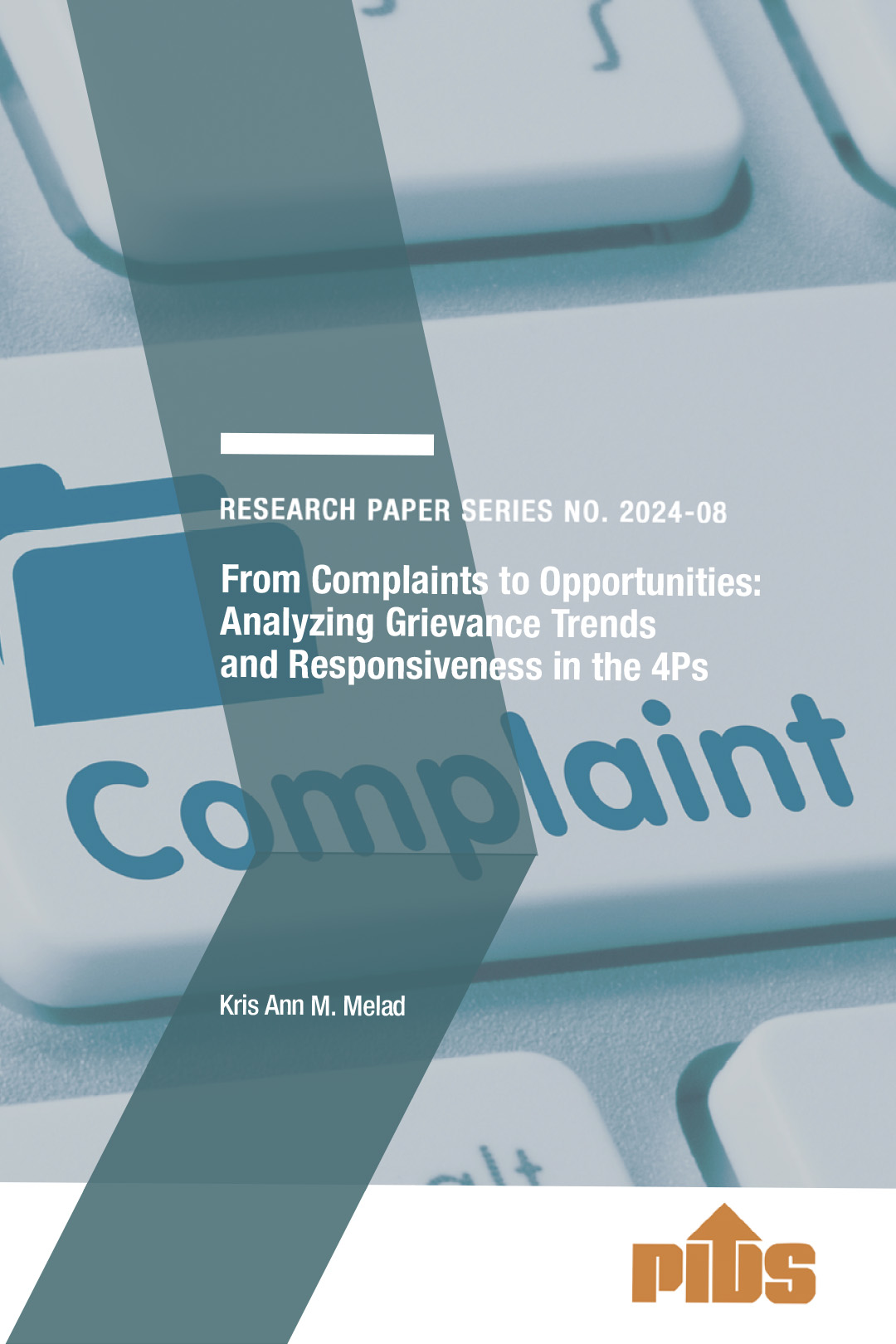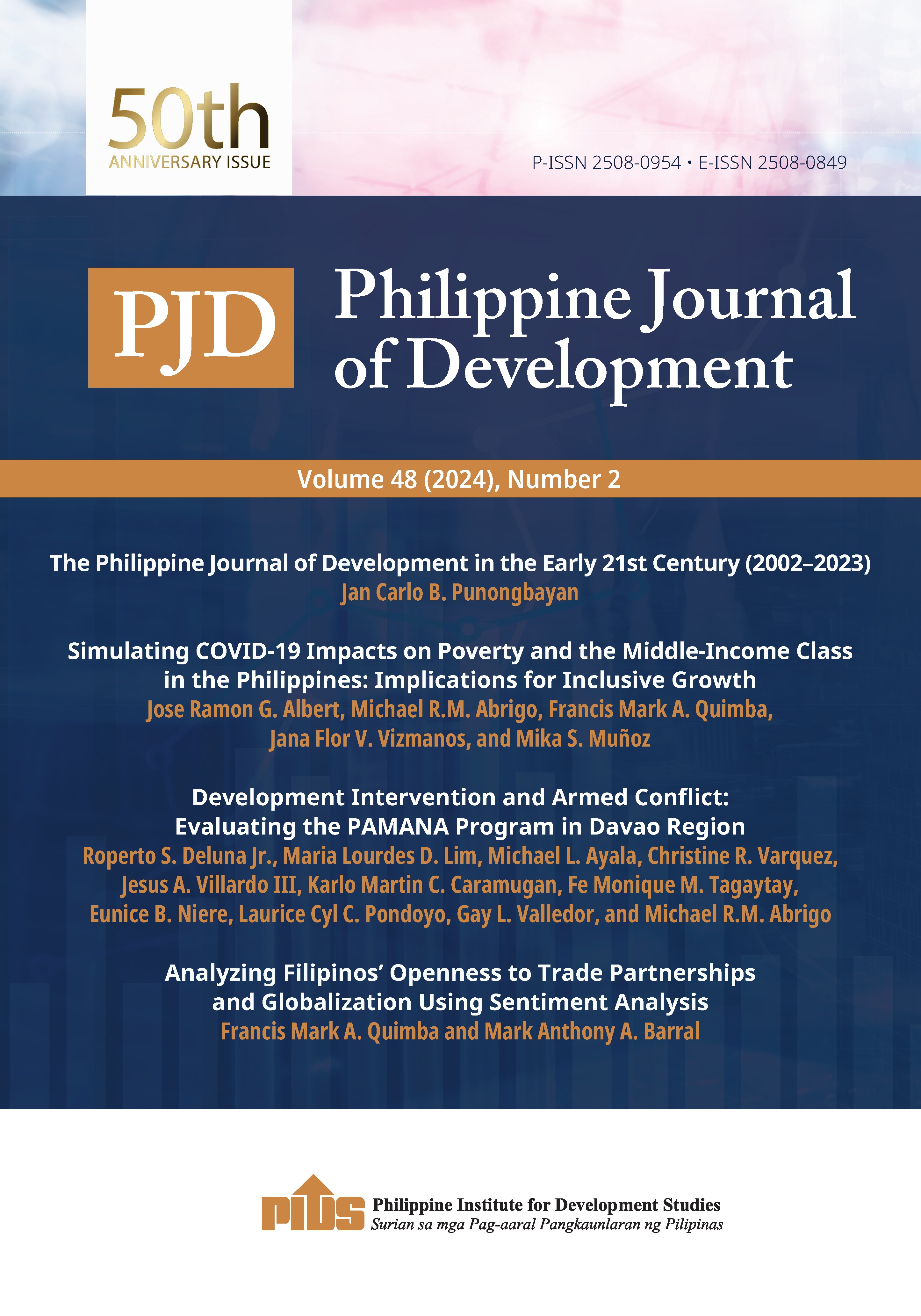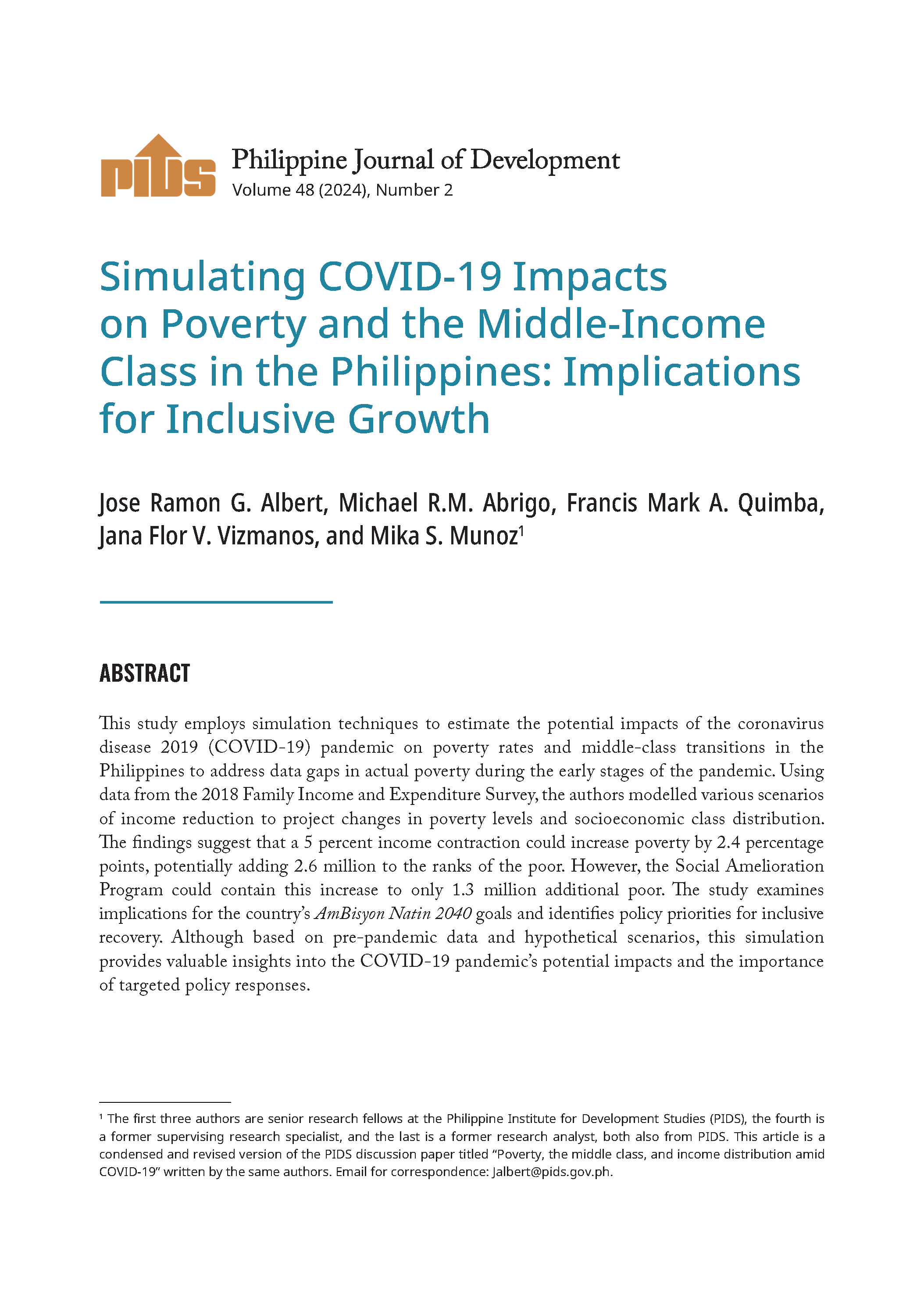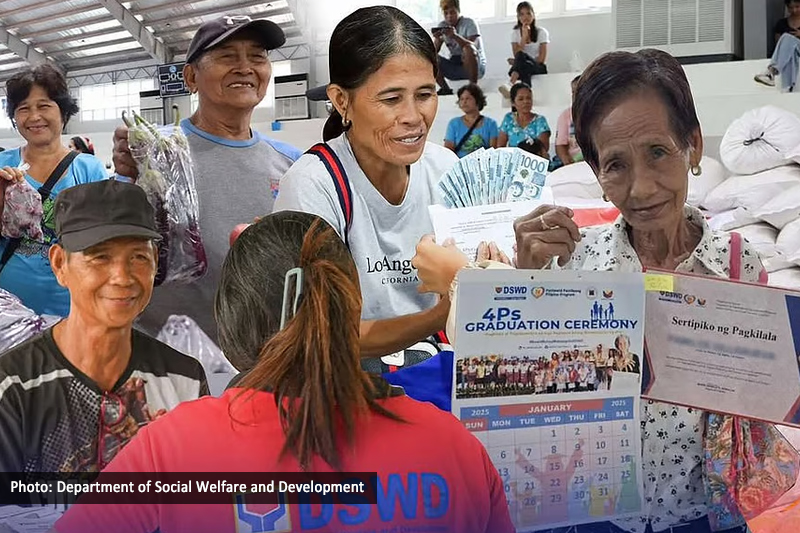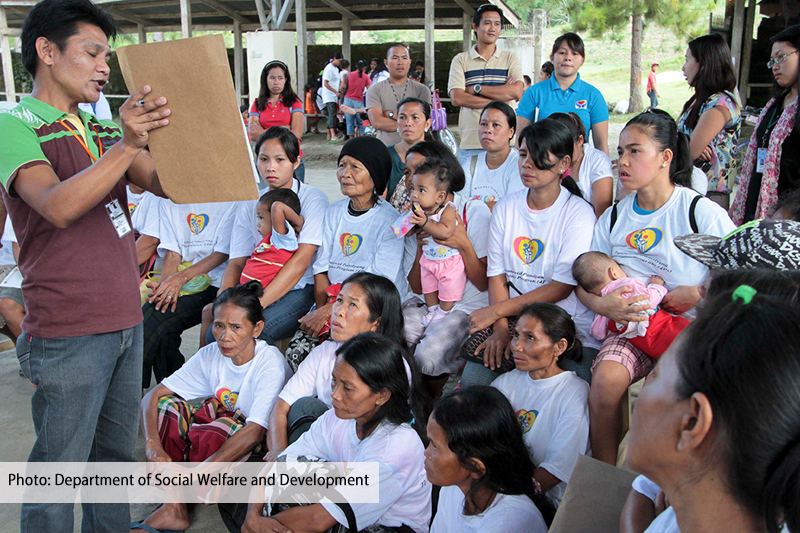Hearing those tales of some Mangyan servants of God was more than heartbreaking. Their children had to trek for three hours each way to reach school to get some learning. Instead of entering school at seven years of age, they would wait until around 10 before they could enroll. At seven years, they are just too frail to last the distance. And even at 10, because of lack of food and nutrition, they could hang like clothes because they have little flesh and all bones. Protein is scarce because the wild boars and deer have retreated to the hinterland due to illegal logging and kaingin activities of many land grabbers.
Our hearts bled for the two Mangyan pastors, Pastor NestorCaoili and Pastor Adan Magallon, and their Alangan tribe in Mindoro when they narrated to us that long years of neglect of our indigenous people have put them in the tail end of progress. They have lost most of their land, while accessing education is like digging for diamonds. Infra for school buildings are marginal, classrooms are limited. Medical facilities close enough to their “settlements” are virtually non-existent. Good the husband-and-wife team of Dr. Neil and Professor Doreen Benavidez put up the MMT Saleng (for ‘light’) Ministries to minister to them in nearly all aspects of civilized existence.
If education equalizes people’s access to opportunities to break out of poverty, then with very few options, many of our indigenous people are destined to remain poor.
Poverty is not unique to the Philippines or to the Filipino people.
International financial institutions and humanitarian organizations share the same view that global poverty is a result of several factors that bedevil around eight percent of the world’s population. They include inequality and marginalization, conflict, malnutrition, poor healthcare systems, climate change, lack of education, poor public works and infrastructure, and lack of government support.
The World Bank on April 26, 2022 observed that for almost 25 years, the number of people living in extreme poverty — or on less than $1.90 per person per day, or roughly a hundred Philippine pesos — was steadily declining. However, the pandemic disrupted the downtrend and with conflict and climate change, exacerbated poverty incidence. World Bank estimated that due to the pandemic’s scarring effects, the Ukraine war and rising inflation, it is possible to see an additional 75-95 million people joining the ranks of the very poor. The goal to reduce poverty to three percent by 2030 would be more elusive.
And last Monday, the ugly truth was reported by the Philippine Statistics Authority (PSA) that the poverty afflicting our Mangyan brothers and the rest of the Filipino people has worsened. NEDA Secretary ArsiBalisacan attributed the rise in poverty incidence to “the strict lockdowns implemented to contain the spread of the coronavirus disease… including income and employment losses.”
The preliminary results of the Family Income and Expenditure Survey (FIES) in 2021 illustrate that poverty incidence among the Filipino population, or the proportion of our people whose per capita income cannot sufficiently meet the individual basic food and non-food needs, rose to 18.1 percent, from 2018’s 16.7 percent.
Why, that’s almost 20 percent of our population, or one in five among us is poor!
This means that nearly 20 million Filipinos lived below the poverty threshold of around ₱12,030 per month for a family of five. The subsistence incidence, or the proportion of Filipinos whose income is not enough to meet even just the basic food needs, also rose from 5.2 percent in 2018 to 5.9 percent in 2021, or 5.9 million Filipinos.
Based on income gap, or the average amount of income required by the poor to be able to get out of poverty relative to poverty thresholds, PSA computed the amount of ₱2,719 in additional income for a poor family to transcend poverty. This is a rough guide as to how much ayuda is necessary to protect the poorest of the poor.
The government does not have to guess what would happen if it fails to do anti-poverty policy intervention.
The Philippine Institute for Development Studies (PIDS) produced an interesting discussion paper entitled “Poverty, the Middle Class, and Income Distribution amid Covid-19” written by Jose Ramon G. Albert, Michael Ralph M. Abrigo, Francis Mark A. Quimba and Jana Flor V. Vizmanos two years ago. Based on the previous FIES data on poverty in 2018, prior to the pandemic, the PIDS fellows estimated the impact of the pandemic on income and poverty. Using simulation, they showed that in the medium scenario with a 10 percent reduction in income, the number of poor Filipinos could increase by 5.5 million over the 17.67 million poor Filipinos during that year. However, if we succeed in implementing public intervention in terms of social amelioration program or the cash transfer, and the small business wage subsidy in place, the number could decline to 1.5 million.
The actual number turned out 19.99 million poor Filipinos three years later in 2021 against the estimated 19.17 million, or around 820,000 more. This means the methodology is robust, and that we must have fallen short of the required public intervention envisioned in the government budget due to possible corruption and poor distribution.
By 2024, unless the national government shapes up its health mitigation program, social amelioration and small business support and economic recovery efforts, the severe economic scarring in both the academe and the labor market could further trigger several million people more joining the ranks of the poor.
We might be seeing raging, rather than bleeding, hearts for our poor Mangyan brethren and for the many among us. In that case, breaking the chains of disempowerment owing to poverty could be quicker.

